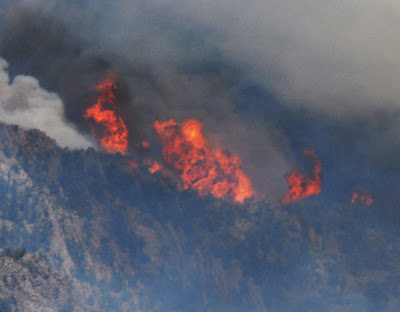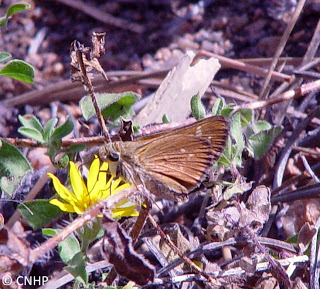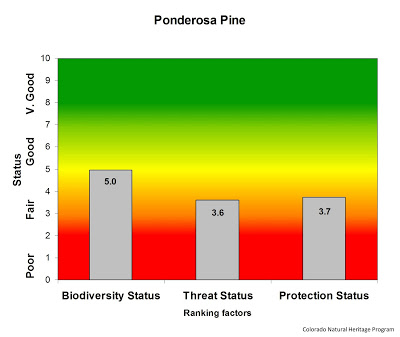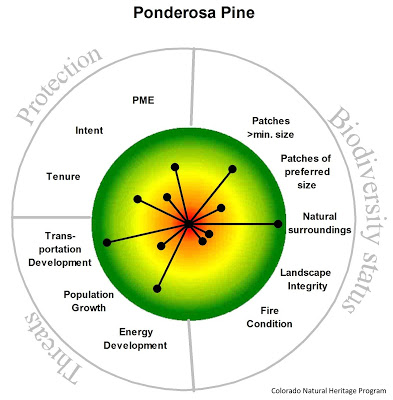
Ponderosa pine woodlands are widespread throughout the western United States in warm, dry, exposed sites at certain elevations. In Colorado, ponderosa woodlands are primarily between about 6,000 and 9,000 feet, occurring at the lower treeline transition between grassland or shrubland and the more mesic coniferous forests above. These woodlands are especially prevalent along the mountain front, and on the southern flank of the San Juan Mountains.
Fire is the most significant ecological process in maintaining this system; frequent, low-intensity ground fires are typical. Healthy ponderosa pine forests often consist of open and park-like stands of mature trees, with an understory of predominantly fire-tolerant grasses and forbs. Older trees drop their lower branches as they age, which protects them from ground fires, usually only younger trees are killed. In stands where the natural fire regime is allowed to occur, shrubs, understory trees and downed logs are uncommon. A century of human development and fire suppression has resulted in a higher density of ponderosa pine trees in many areas. When fires are not allowed to burn, young trees continue to grow, and places that were once open savannas and woodlands become dense forests. The increased density of trees allows fires to reach the forest canopy, and these rapidly spreading fires can burn very large areas.

Ponderosa forests and woodlands provide habitat for a number of mammal species such as mule deer, mountain lion, porcupine, and Abert’s squirrel. Characteristic bird species include the pine siskin, mountain chickadee, pygmy nuthatch, and chipping sparrow. The most notable species of concern in Colorado’s ponderosa pine ecological system is the federally threatened Pawnee montane skipper butterfly (Hesperia leonardus montana). This species occurs only in ponderosa pine systems with an understory of blue grama grass (the skipper’s host plant). In Colorado, Grace’s warbler is only known from ponderosa pine stands in southwestern Colorado, and the Mexican Spotted Owl is at the northern end of its range in south central Colorado.







